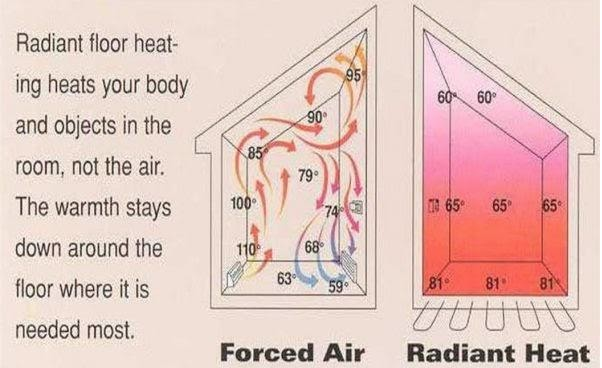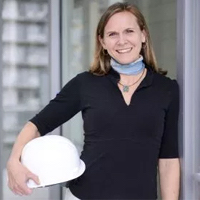Flooring
Let our caring flooring team make your living space better
Don’t gamble with your hardwood, laminate or tile flooring investment. Getting the most value from your flooring starts with professional installation.
We are experienced with all types of flooring installation, including hardwood, laminate, engineered, slate and ceramic tile. We can also install radiant-heated flooring and can help you to decide on the best type of flooring for your space.
Floor Repairs and Refinishing
Every floor receives minor damage from the normal wear and tear of life. Water damage, excessive heat, or renovations to the structure or systems in your home can also cause damages that impacts your floor. That damage can be handled by localized repairs or refinishing of the entire floor surface.
To Do-Done has plenty of experience with hardwood flooring repairs and restoration that will help you preserve your hardwood for the long run. For ceramic or slate tiles, often a single tile can break. Instead of just living with a broken tile or replacing the entire floor, we can pop out the broken tile and replace it with a new one.
“To Do-Done provided really exceptional services for our floor re-finishing project from start to finish. The quote and estimate was carefully considered, they took the time to understand our needs and came back with a very reasonable price. The contractors who came to our home were professional, friendly, efficient and communicated their schedules and process clearly. They worked to kept our home tidy, which is a big feat given the nature of the work (sanding floors).” Bryan Flannigan
Radiant In-Floor Heat
Certainly radiant floor heating is popular. It operates silently, delivering a continuous, all-encompassing heat to every corner of the room with an efficiency that stop-and-start forced air systems cannot match. Some even claim radiant heat is as much as 25% more energy efficient than the standard HVAC system. And as a bonus for dust and allergy sufferers, radiant systems offer relief from airborne irritants.
A heated bathroom floor underfoot in the morning or an entrance hall that keeps footwear warm can be very popular. However, two notes of caution. First, the installation must be done by trained and licensed professionals. Secondly, there are operating costs for electricity. Electrical costs vary across the country (Heaven help Ontario residents!) but suffice it to say that electricity is expensive, far more than natural gas on a net BTU basis. The result is that electric radiant systems are best confined to specific rooms and used in conjunction with timers in order to avoid wasted energy.
The advantage of radiant heat is that it warms the objects in the room, not the air. The warmth stays near the floor where it is needed most. On the other hand, forced air heat moves all over a room’s volume, changing temperature as it moves. The heat rises to the ceiling, leaving temperatures cooler at the floor level, resulting in a lack of occupant comfort and wasted energy. Baseboard heaters and radiators do much the same thing, creating convection currents that collect heat at the ceiling, leaving floors cold and rooms uncomfortable.
On the other hand, radiant heat moves from the surface of warm objects to the surfaces of cooler ones in the form of electromagnetic waves where it is absorbed. The body absorbs that heat in much the same way.
In-floor Radiant Heat Systems are Out of Sight
The components of an electric radiant heating system are simple to understand. First, there is the heat source (cables or electrical mats), then typically a thermal mass over top (thin-set, or self-leveling concrete), and finally a finished floor covering (tile, stone, vinyl laminate or engineered flooring). The system is invisible. A thermostat controls the temperature and can be programmed to reduce wasted energy.
Finished floor Surfaces are Limited
There are restrictions resulting from the selection of an electric in-floor heating system. The finished floor surface is limited to hard surfaces like tile, stone, possibly vinyl and engineered wood, and concrete. Natural wood floors are not normally recommended due to dimensional stability issues. Due to their relatively high insulation qualities, cork and carpet are not good choices either. In any case, more homeowners are choosing hard surfaces due to their ease of maintenance and hypoallergenic qualities. If those surfaces are unheated, they can be quite cold underfoot. That’s why in-floor heating can make good sense.
An electrical in-floor heating system consists of cables hand-laid back and forth across the floor, then covered in a thin, self-levelling concrete mix. Floor warming cables should be installed only in areas where there is no permanent fixture or object above the cables, such as toilets, cabinets, and vanities.
The To Do-Done team is trained and licensed in the installation of Schluter Ditra Heat systems. We would love to discuss the installation and operational considerations at the early stages of your bathroom, entranceway or kitchen project to be sure that heated floors are the best choice for your project!









